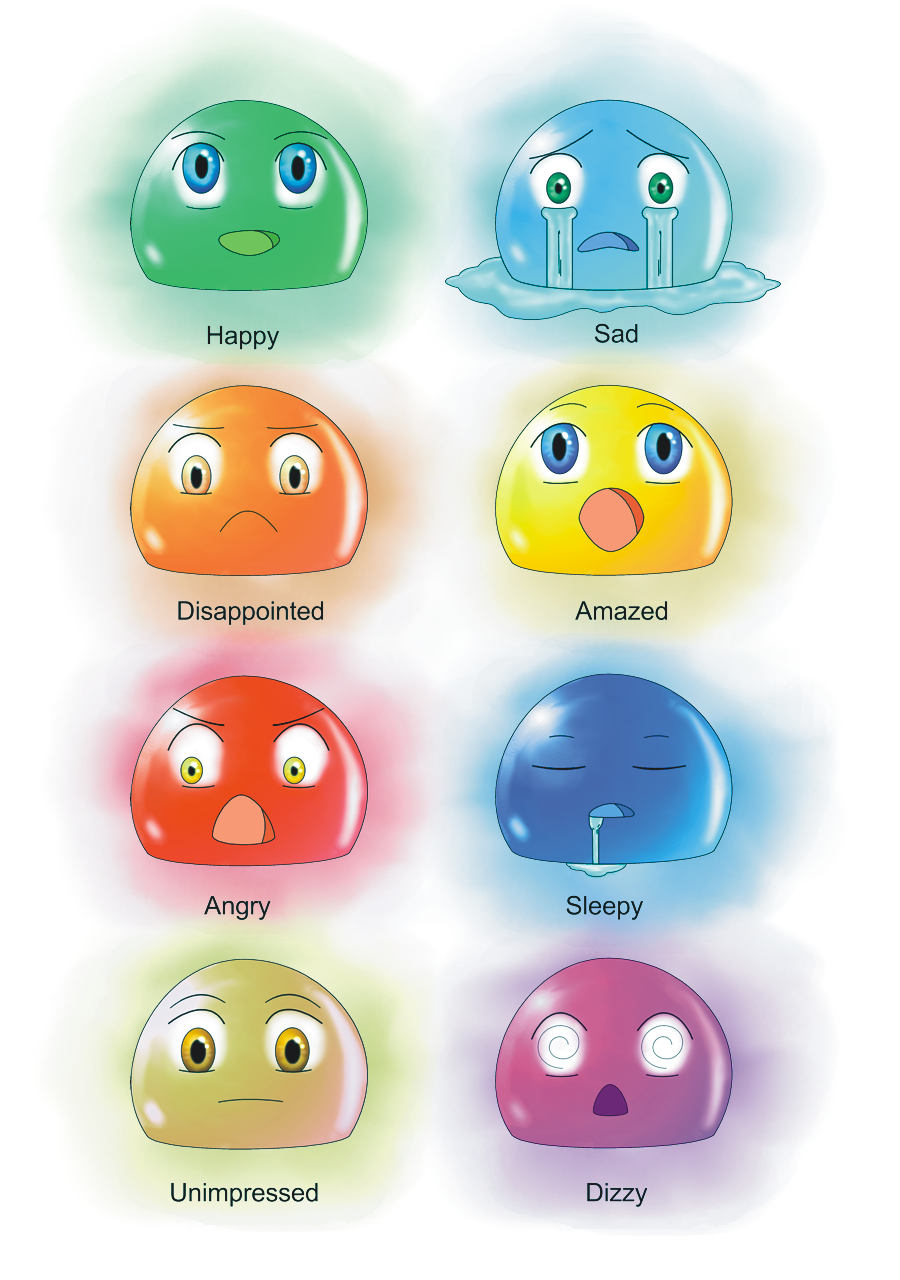

Tip: you don’t have to think in terms of solutions (yet)įirst focus on the current situation. This gives them the opportunity to think about the current situation better and to say something they have not thought of before. What circumstances, events or feelings determine this negative team atmosphere? What is it that drains your energy at the moment? And what gives you energy? Ask reflective questions, such as: “How?”, “What?”, “Where?”, “When?”, And “Why?” Give employees time, deliberately drop silences. How does last week’s team atmosphere compare to that of the previous weeks? When there is a lot of stress or dissatisfaction, discuss what is going on exactly.

Negativity only inhibits your team.įind out where you are now. The positive message is important because it stimulates positivity. The chances of success are increased if you formulate a positive goal (something you want to achieve) instead of a negative goal (something you want to avoid). Is that the case? Then the conversation is all the more important. Once you have determined your baseline and goal, you can check weekly if you deviate from this score. You can also determine the current and desired score of happiness or stress by, for example, giving a score of 1-10 together during a team meeting. With 2DAYSMOOD’s weekly 15-second survey, you can easily map and monitor the percentage of happiness, stress or dissatisfaction in your team. What has been normal for you in recent months, and has that energy and team atmosphere generally felt positive? Then that is your own accepted value. Rather, you should try to reach an accepted stress level together. So don’t focus too much on a certain score or percentage. However, the goal should not be to achieve 80% happiness, but rather to be able to speak openly and honestly about all emotions. No worries, having the conversation doesn’t have to be difficult at all! It all starts with asking one question:Īs a team you may be inclined to immediately search for a goal. Is there, however, a negative atmosphere in your team and are team members a bit low in their energy? Then it is – especially these times – of extra importance to (continue to) talk with your team members about how they feel and why. So, is there a positive team atmosphere and do team members feel energetic? Then celebrate this together and be proud of it. By emphasizing the positive mood of employees, you stir up more positive emotions. Like negative emotions, positive emotions are contagious. Positive emotions are just as valuable to appoint. It is precisely by entering into a conversation that you promote the connection, growth and confidence in your team, and this not only applies to negative moods.

How do you deal with a negative team atmosphere? Perhaps avoiding the difficult conversation with your employees seems like the easiest option. We may also be aware of the limitation and incompleteness of words, leading us to honor silence as well.As a manager you have probably encountered this question: "How do I discuss a negative mood in my team?" Perhaps it is ambitious that a team is positive 100% of the time. Listening in this way, the so-called negative state may reveal itself as telling an important truth and become an opening toward healing.

In addition to the humility and respect this engenders, we may also notice that instead of wanting to get rid of some state, we are more apt to acknowledge its meaningfulness and be present to it just as it is. This past part is particularly important because it reflects our growing felt-sense awareness that the system of the person we are helping knows more about what needs to happen next than we do. When we are in this mode, we have a tendency to speak more tentatively and to check in with our relational partner about how he or she is receiving what we are offering. This way of experiencing may also be coupled with attention to felt sense, comfort with being rather than pressure to do, and a respect for the undulating rise and fall of healing that unfolds naturally in the space between. we hear ourselves speaking words that convey attunement to the process unfolding in this moment-a felt sense of receiving, cultivating, believing, supporting and trusting-we are more apt to be attending from the right with support from the left.


 0 kommentar(er)
0 kommentar(er)
